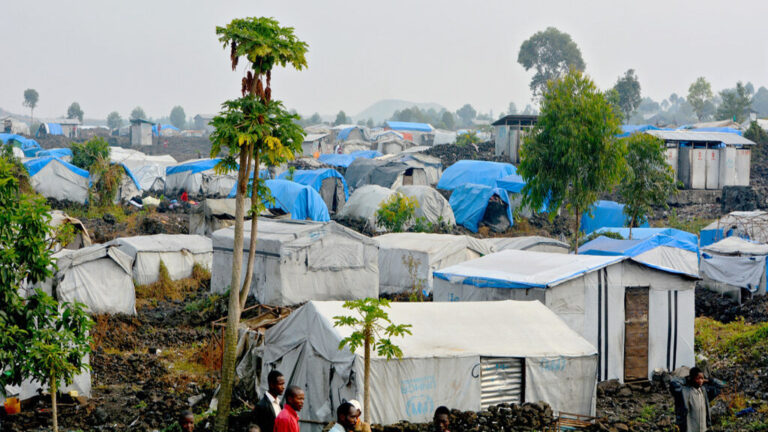According to UNHCR, 1 percent of the world’s population is currently displaced due to conflict or persecution – that’s one in every 100 people who’ve been forced to leave home. When you think of civilians affected by conflict, you probably think of refugees fleeing their country in search of a safer life. However, many people who are forced to leave their homes never actually cross an international border. For example, UNHCR estimates that at the end of 2019, more than half of the 79.5 million forcibly displaced people around the world were still residing in their home country. They are what the international community calls “internally displaced”.
Now, it might be tempting to jump to the conclusion that supporting internally displaced people is simpler than supporting refugees. After all, internally displaced people are still living in the same country and are still connected in some way to the place they called “home”. However, this is far from the truth.
Rebuilding a life is never as simple as just coming home. For many people living in internal displacement, their residences have been damaged by armed violence. The familiar places that made up their communities have been eroded, if not totally destroyed. Some might return to find essential services like schools are missing, governance has been weakened by the conflict, and security risks often remain. Economic opportunities are also hugely destabilised by conflict, meaning that it’s even harder to rebuild a secure livelihood once you’re home.
It is essential that post-conflict interventions recognise that going back home is not as easy as it sounds. Emphasis must shift from “helping people go back” to “helping people forward”. Only once organisations fully recognise this can they properly support internally displaced people to find the home they want to live in.


